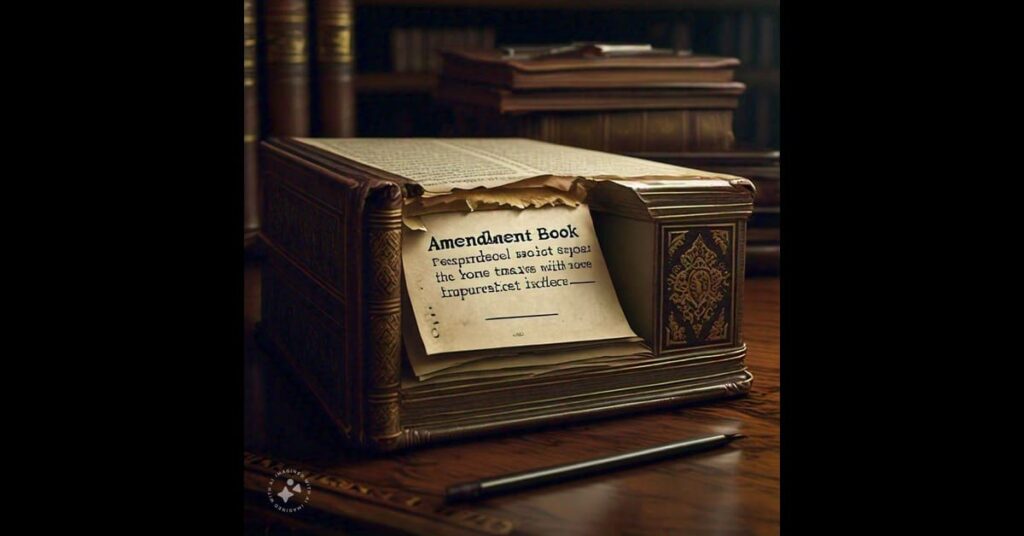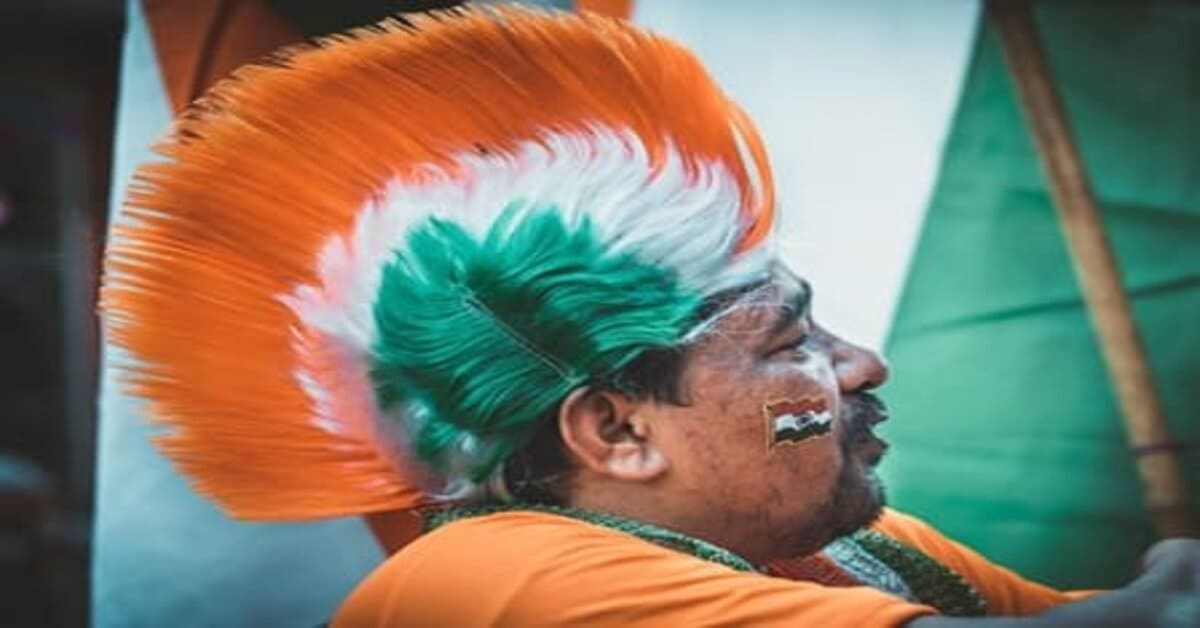A trending concern in India, Hindus in Hindu Rashtra. Although, India is a Secular State and this ideal is explicitly mentioned in the Preamble of Constitution of India. Here, Secularism means India as a State doesn’t have any religion. But nowadays people are claiming Moon as a part of Hindu Rashtra. But what does Hindu Rashtra mean? The concept was explained by Sawarkar by giving importance to the Hindu people and their Culture. For Gandhi the concept was more inclusive in nature like including Harizan as Hindus in Hindu Rashtra and giving importance to Village governance.
Democracy and Hindu Rashtra
The concept of Hindu Rashtra comes under dialectics with Democratic principle. Because it infringes on the rights of minorities. The concept of Hindu Rashtra also challenges the right to equality under Article 14 and Right to Religion Under Article 25. These articles are crucial constraint for Hindus in Hindu Rashtra. The Subaltern perspective explains it as a further loss of Rights of Backward Classes. And this perspective believes that it will further attain Brahmanical supremacy and colonize the mind of people.
Initiative by right wing Government
For any kind of change in Ideals of a country, the government plays an important role. For example, the Russian Revolution brought socialism/communism in the country. In the same manner the right wing Government can move towards the ideal of Hindu Rashtra. There are various initiatives taken by the government like Construction of temples, apathy towards communal policing etc. which can motivate the propagator for the objective.
Procedure
Here, we are going to discuss how Hindus in Hindu Rashtra can bring Hindu Rashtra as a new Ideal for India. It can be attained through three different ways. These are:-
Coercion
Coercion, one of its users was Adolf Hitler. Here, Hitler used the technique of polarization on the basis of identity of German and Jews and one pole was targeted by another pole on the basis of occupation of resources. In the same sense Hindus in Hindu Rashtra have to be ready for three things, firstly a large chunk of the population motivated for the particular ideal. Secondly, the targeted group of people according to the theory of polarization. And lastly, people should be ready for violence.
Coercion and partial use of constitution
The second way is condition specific, meaning firstly we have to create conditions like National Emergency under Article 352 (particularly Armed Rebellion) or The Martial Law under Article 34. These conditions can lead to the suspension of Article 32 (Right to Constitutional remedy) and may lead to further suspension of some Fundamental Rights. Under this condition with the help of the Government’s machinery coercion could be imposed. But here the prerequisite is government machinery’s readiness for the ideal and unexpected violence.
Amendment of the Constitution for Hindus in Hindu Rashtra

The last and least violent procedure could be the Amendment of the Constitution. Here the Government needs to amend the word ‘Secular’ with the word ‘Hindu’ from the Preamble. But, Secularism is a basic structure of the Constitution (Parliament does not have power to amend it). So, Government have to remove the doctrine of basic structure or they have to remove Secularism from the Basic Structure doctrine.
Supreme Court Under S.R. Bomai Vs Union of India 1994 case declared secularism as a basic structure of constitution. On the other hand, the Supreme Court under Keshwananda Bharti Vs state of Kerala 1973 case enshrined the doctrine of basic structure. S. R. Bomai case has 9 judge bench and Keshwanand Bharti case has 13. To remove secularism from basic structure doctrine we need 11 judge bench or to remove basic structure doctrine we need 15 judge bench. After the favourable decision of the Supreme Court , the Parliament can amend the word ‘Secular’ with ‘Hindu’ by using Article 368, which empowers the Parliament to amend the Constitution.
Effects on problems of India
Hindu Rashtra is an ‘ideal’, where ideals have the potential to guide the future of the country. But, India is facing problems related to education, health, employment etc. And the propagator of Hindu Rashtra are not explaining the exact road map to approach further and solution of the problems. Here, Hindu Rashtra can satisfy the political and Cultural goal of few but we also have to focus on optimum utilization of resources for Hindus in Hindu Rashtra.
Conclusion
India was ruled by many kingdoms, but only against Britishers we felt colonized, because of the identity difference and the treatment of the Hindus in Hindu Rashtra as second class citizens. After the attainment of Hindu Rashtra, what will happen to the people who are not willing to be part of it. It may create conditions like civil war or anarchy. This action will justify the demands of the secessionist element and have the potential to create a new secessionist Identity.
After the long struggle of independence and debate and discussion we chose ideals for the country and framed it into the Constitution. We created a road map like Bombay plan, Community Development plan, Mahalanobis plan, and bought reforms like LPG at the right time. So before claiming Hindu Rashtra we need an appropriate socio-economic and political plan and sufficient Constitutional framework.
